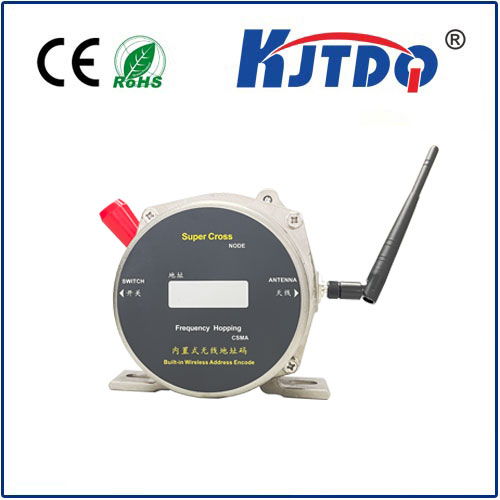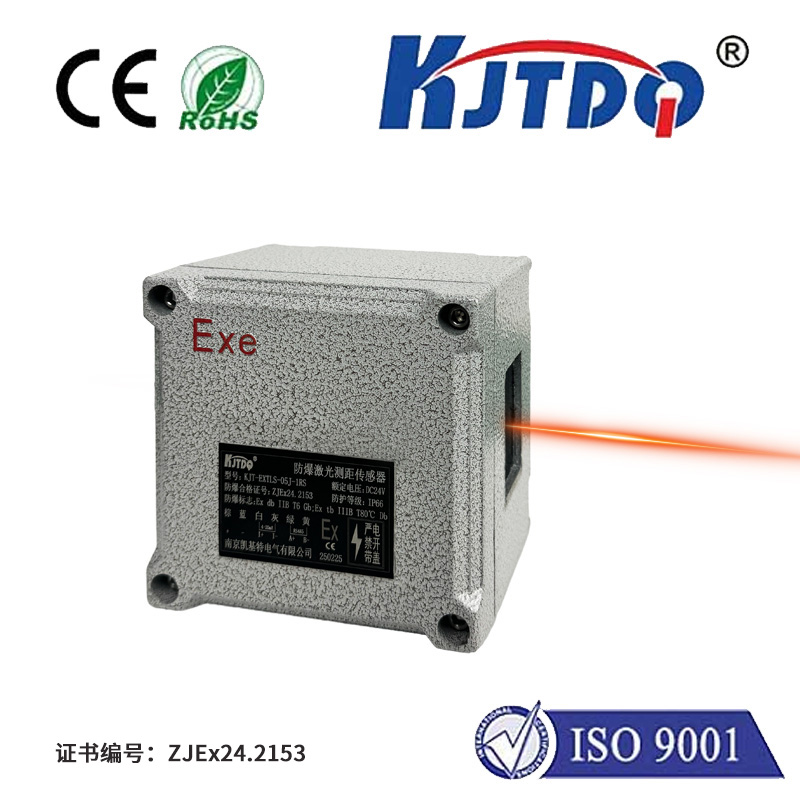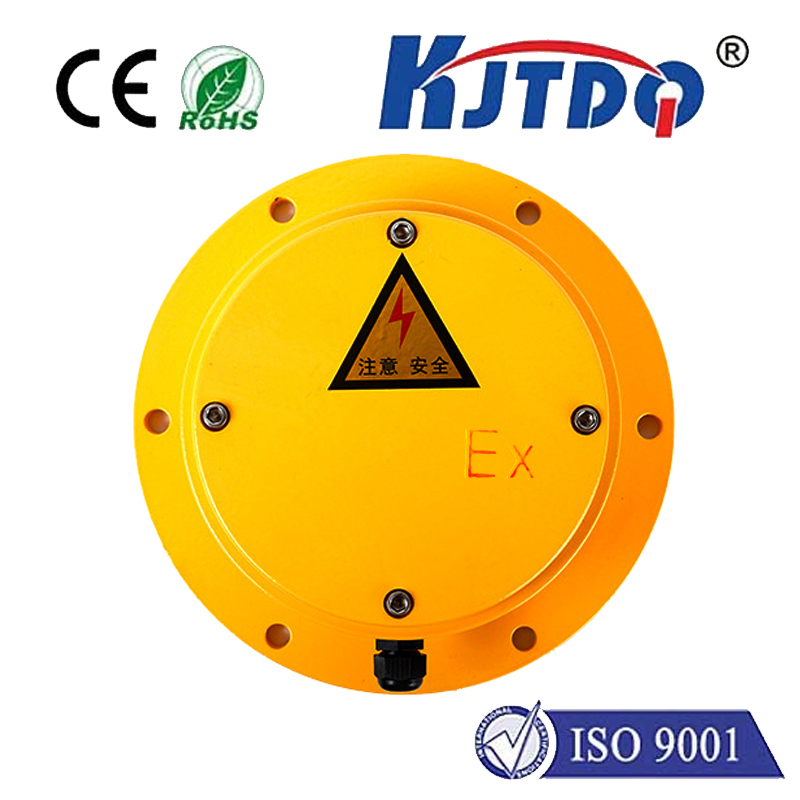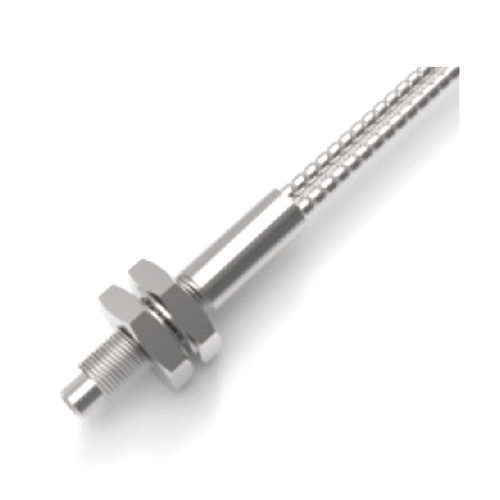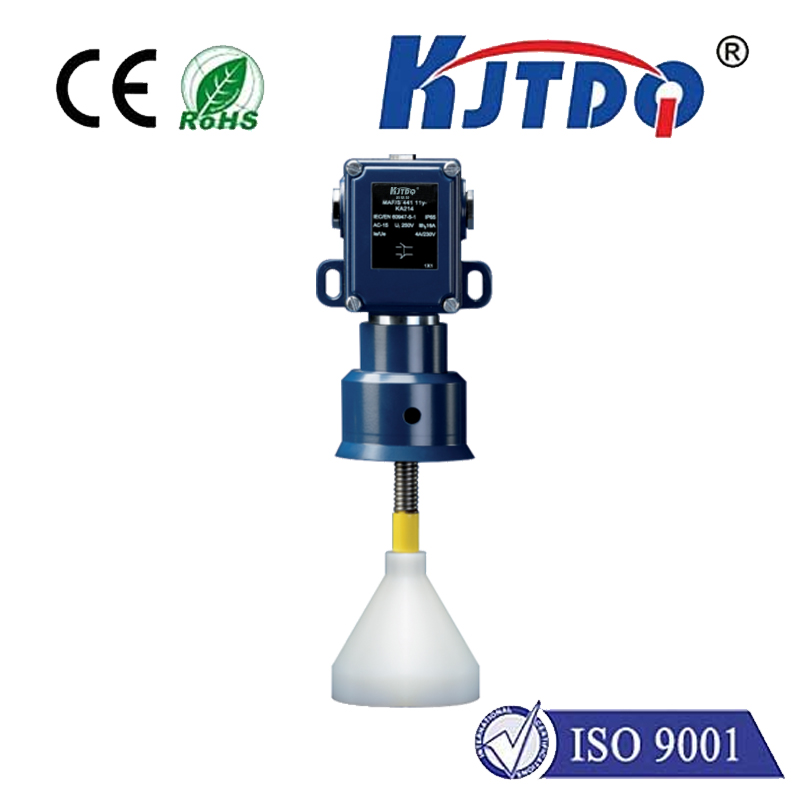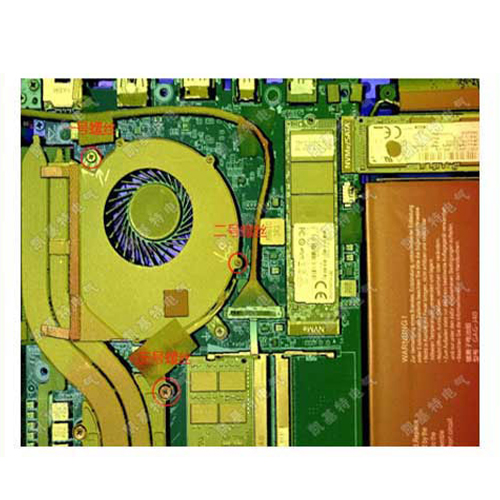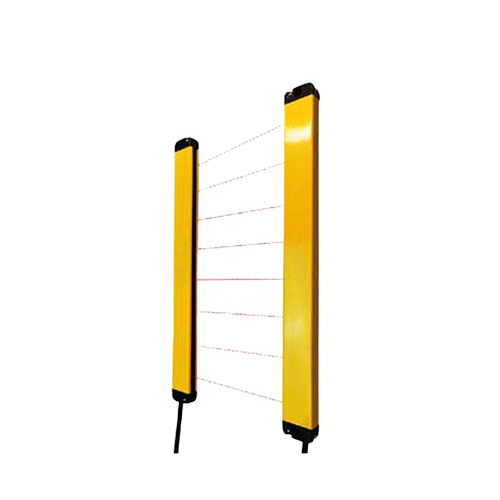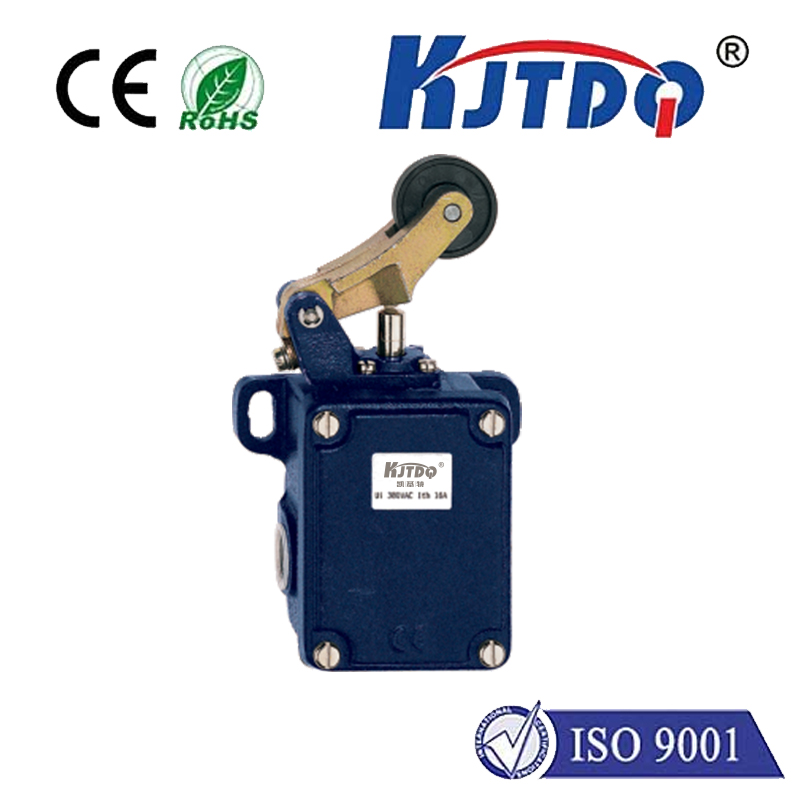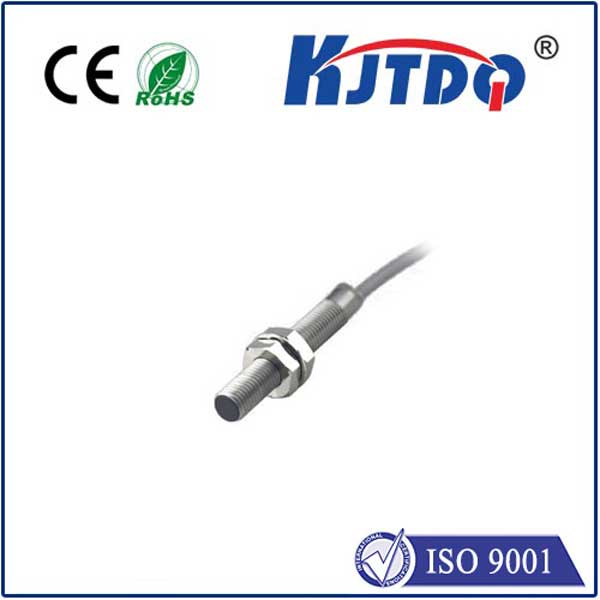optical temperature sensor
- time:2025-08-20 03:04:31
- Нажмите:0
Beyond Mercury: How Optical Temperature Sensors Revolutionize Temperature Measurement
For centuries, thermometers – from rudimentary liquid-filled tubes to sophisticated digital probes – relied on physical contact. While effective in many scenarios, this fundamental requirement became a significant bottleneck. How do you measure the temperature inside a raging furnace, a high-voltage transformer humming with electricity, a rapidly rotating turbine blade, or a fragile biological sample without disturbing it? The answer lies in harnessing the power of light. Optical temperature sensors represent a paradigm shift, enabling non-contact temperature measurement with remarkable precision across incredibly harsh and inaccessible environments.
The core principle underpinning many Оптические измерения температуры techniques is that all objects emit electromagnetic radiation based on their temperature. This phenomenon, governed by Planck’s law of blackbody radiation, means that by analyzing the intensity and wavelength distribution of the infrared (IR) light naturally emitted by an object, its temperature can be accurately determined without ever touching it. Think of a piece of iron heating in a forge: first dull red, then orange-yellow, then brilliant white. Its color directly correlates to its temperature because the peak wavelength of its emitted radiation shifts towards the visible spectrum as it gets hotter.
Pyrometers are perhaps the most well-known type of optical temperature sensor. These instruments focus the IR radiation emitted by a target onto a detector, converting the radiative energy into an electrical signal calibrated to temperature. Modern pyrometers are highly sophisticated, capable of measuring tiny spots or large areas, compensating for atmospheric interference, and providing real-time readings with millisecond response times. They are indispensable in industries like metals processing, glass manufacturing, and ceramics kilns, where molten materials and extreme heat make contact probes impractical or dangerous.

Another powerful category is fiber optic temperature sensors. Here, light isn’t just passively received; it’s actively sent down a hair-thin optical fiber probe. These sensors exploit the temperature-dependent properties of light traveling through the fiber or interacting with a specialized material at its tip (fiber optic sensor tip). Common techniques include:
- Fluorescence-based Sensors: A special phosphor material at the fiber tip is excited by light sent down the fiber. The decay time of the fluorescent light it emits back is precisely dependent on temperature. Measuring this decay time yields the temperature.
- Fabry-Perot Interferometers: A tiny cavity is formed at the fiber tip. Light traveling down the fiber interferes with itself within this cavity. The interference pattern shifts predictably with temperature changes in the cavity material, allowing precise measurement.
- Distributed Temperature Sensing (DTS): This revolutionary technique uses the entire fiber optic cable itself as the sensor. Pulses of laser light are sent down the fiber. Tiny amounts of light scatter back due to inherent imperfections (Rayleigh scattering), interactions with optical phonons (Raman scattering), or acoustic vibrations (Brillouin scattering). The intensity ratio of specific Raman scattering components (Stokes and Anti-Stokes) is highly temperature-dependent. By analyzing the backscattered light arriving at different times (Optical Time Domain Reflectometry, OTDR), the temperature profile along kilometers of fiber can be mapped continuously and in real-time.
Why Choose Optical Temperature Sensing? The Compelling Advantages
The shift towards Оптические измерения температуры isn’t just about novelty; it addresses critical limitations of traditional contact methods, offering unique benefits of optical temperature sensors:
- Non-contact Operation: The primary advantage. Measure moving objects, hazardous environments (corrosive chemicals, explosive atmospheres, extreme pressure), vacuum chambers, or delicate biological samples without contamination or physical impact. This is crucial for process control in demanding industries and medical applications like hyperthermia treatment monitoring.
- Immunity to Electromagnetic Interference (EMI): Fiber optic sensors use light, not electrical currents. This makes them utterly immune to EMI, radio frequency interference (RFI), and even lightning strikes. They are the only viable solution for accurate temperature monitoring near high-power transformers, motors, generators, or within MRI machines.
- High Precision and Fast Response: Capable of measuring minute temperature changes (down to fractions of a degree) and responding incredibly quickly (microseconds to milliseconds). This is vital for monitoring rapid thermal processes.
- Long-Distance and Distributed Monitoring: Fiber optic DTS systems can cover vast stretches – pipelines spanning kilometers, power cables, dams, tunnels, and large structural health monitoring projects – providing continuous temperature profiles from a single instrument.
- Durability and Reliability: Fiber optics are typically made of robust silica glass. Sensors can withstand extreme temperatures (both high and cryogenic), high pressures, corrosive environments, and high vibration where conventional sensors would fail. They offer long-term stability with minimal drift.
- Safety: In explosive (Ex) environments, the absence of electrical signals at the measurement point eliminates ignition risks (intrinsic safety). No sparks, no explosions.
Where Light Meets Practicality: Diverse Applications
The unique strengths of optical temperature sensors make them indispensable across a rapidly growing spectrum of fields:
- Industrial Process Control & Manufacturing: Monitoring furnaces, reactors, turbines, bearings, semiconductor wafer processing, injection molding, welding, and materials testing. Ensuring product quality and process efficiency while safeguarding expensive equipment.
- Energy: Monitoring transformer hotspots, power cable temperatures (preventing overheating failures), geothermal wells, nuclear facilities, and fire detection in cable tunnels using DTS. Critical for grid reliability and safety.
- Aerospace & Automotive: Measuring jet engine components, brake discs during testing, battery packs in Electric Vehicles (EVs), and composite curing processes. Non-contact is essential for high-speed, rotating, or hazardous components.
- Healthcare & Life Sciences: Precise temperature monitoring during hyperthermia cancer treatments, within MRI suites (where MRI compatibility is paramount), cryogenic storage, and microbiological processes. Ensuring patient safety and research integrity.
- Research & Development: Characterizing novel materials under extreme conditions (high T, cryogenic T, high vacuum/radiation), plasma physics, combustion studies. Providing data unobtainable by other means.
- Fire Detection & Security: Fiber optic DTS used for early, location-specific fire detection along pipelines, in tunnels, on conveyor belts, or within large buildings/structures. Offers superior coverage and pinpoint accuracy.
- Environmental Monitoring: Measuring temperature profiles in lakes, oceans, permafrost, and geothermal fields using robust fiber optic cables.
Embracing the Photonic Revolution in Temperature Measurement
While traditional thermocouples and RTDs remain workhorses for many applications, optical temperature sensors unlock possibilities they simply cannot reach. Non-contact temperature measurement, immunity to harsh environments and EMI, distributed sensing capabilities, and inherent safety make them not just an alternative, but often the only viable solution for cutting-edge applications demanding reliability, precision, and safety in the face of extreme conditions. As light-based technologies and materials science continue to advance, the accuracy, versatility, and accessibility of optical temperature sensing will only grow, further solidifying its critical role in modern industrial control, scientific research, and infrastructure monitoring. Understanding their principles and benefits of optical temperature sensors is key for engineers and decision-makers looking to optimize processes, enhance safety, and push the boundaries of measurement.

